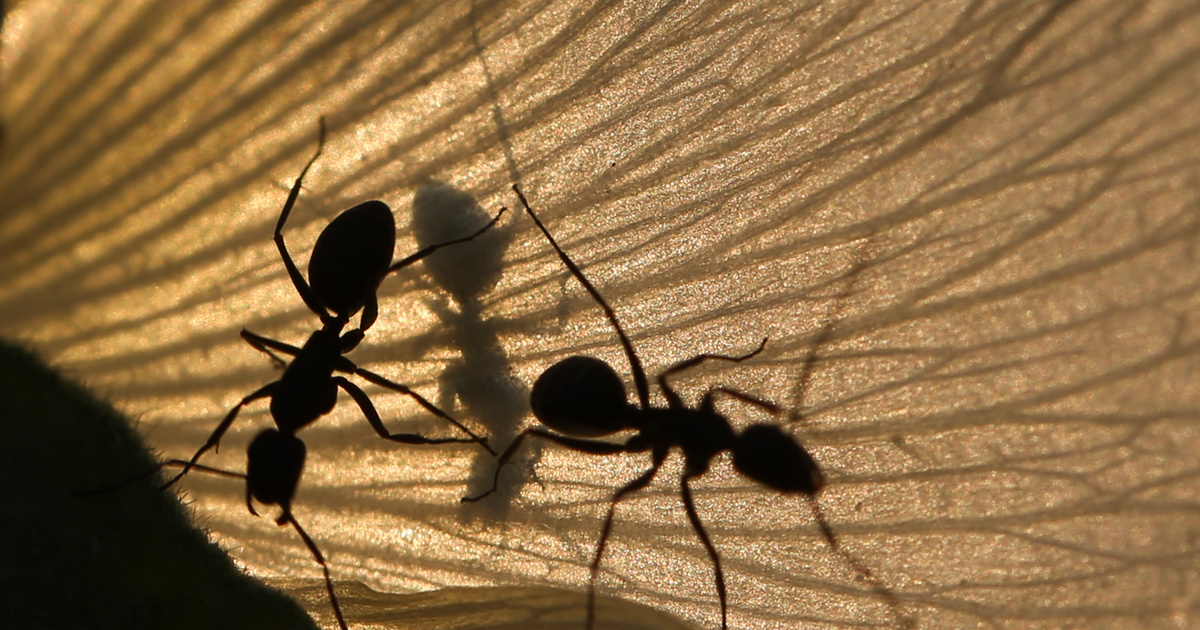Although we are safe from great white sharks if we don’t go near sea water, the same cannot be said for bull sharks – these species can survive in both fresh and salt water.
This is because the livers of bull sharks have advanced osmoregulatory capabilities and are able to adapt to the salinity of the environment, unlike the physiology of some of the more well-known shark species such as hammerhead sharks and tiger sharks.
Lake Nicaragua is one of the largest freshwater lakes in the Americas, where bull sharks swim in the San Juan River like salmon. Once in the lake, they can stay there for several years. And as it is IFLS Also drawn attention is the fact that the sharks that live here are able to traverse cliffs during their flight, an ability not seen in any other group of bull sharks.
The lake at Carbrook Golf Club in Queensland, Australia is also worth noting:. In 1996, during a massive flood, about six bull sharks were trapped here, and they have been living there ever since. By the way, the giant flood after Hurricane Ida caused two dolphins who lived in a lake in Florida for a while to do the same. Fortunately, they were rescued after two years.
A boy was attacked by a bull shark in Lake Pontchartrain in Louisiana in 2014; Fishermen also caught bull sharks in this lake. The predatory fish here move to the lake during the summer months, but they swim back to the Gulf of Mexico most of the year.
Bull sharks have also been seen in Lake Janur in New Guinea, Lake Isabal in Guatemala, Lake Sentani in Indonesia, and Lake Bayano in Panama.
In fact, there are places where they are directly bred: There is a breeding ground for bull sharks in the waters of Lake Maracaibo in Venezuela. In any case, this is where most of the world’s lightning strikes occur, so you should think twice before adding it to your list of potential vacation destinations.
Just to complete the picture; River sharks are also present. Three species – the Ganges shark, which is found only in freshwater rivers in India, the northern river shark and the spear-toothed shark, which is native to the rivers, estuaries and seas of northern Australia and New Guinea.
Indeed, contrary to popular belief, shark attacks are extremely rare both at sea and in the lake. “You are more likely to be struck by lightning on a golf course than to be bitten by a shark,” said John Carlson, a research biologist with the National Oceanic and Atmospheric Administration (NOAA) Fisheries Service.
This might also be interesting:










































